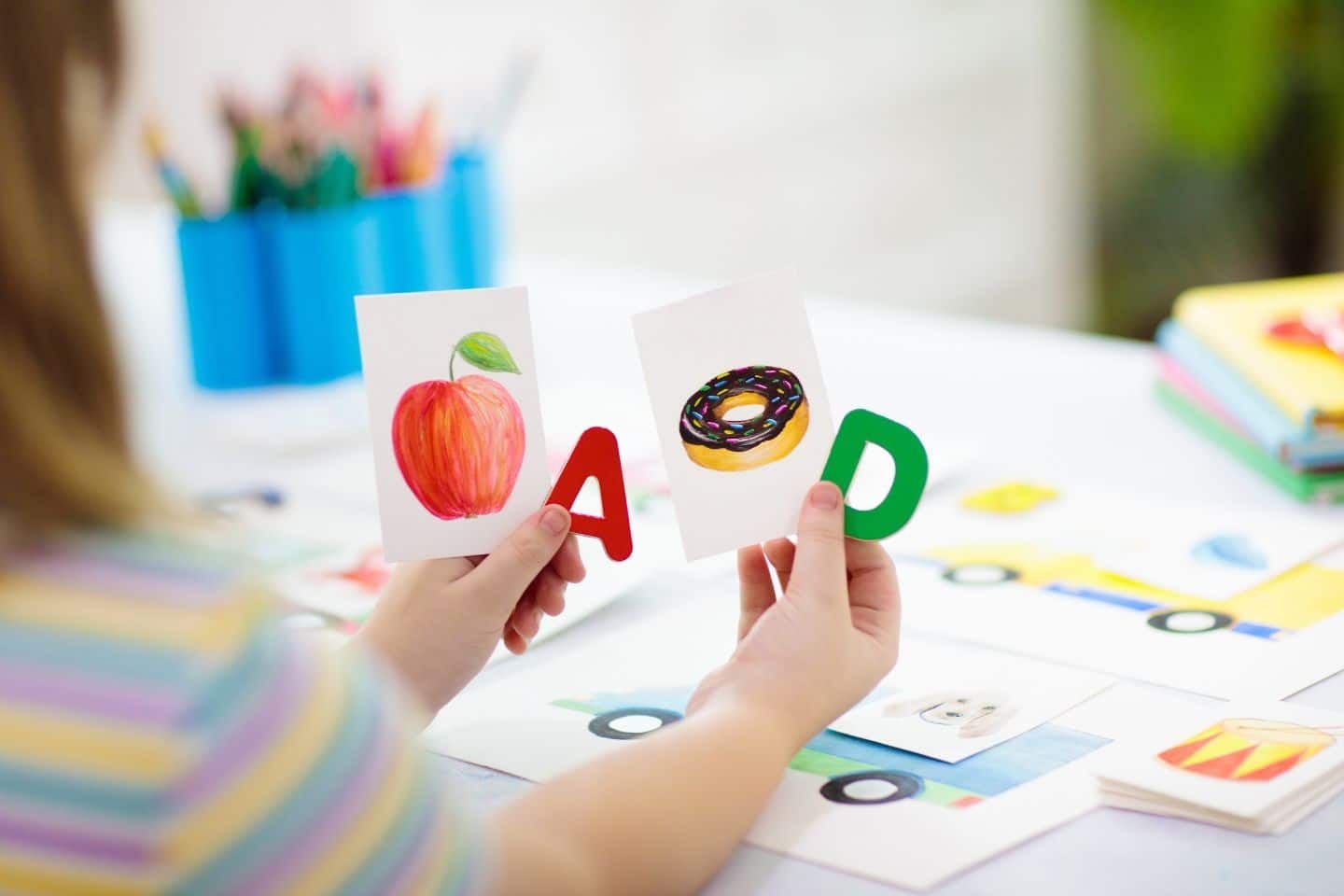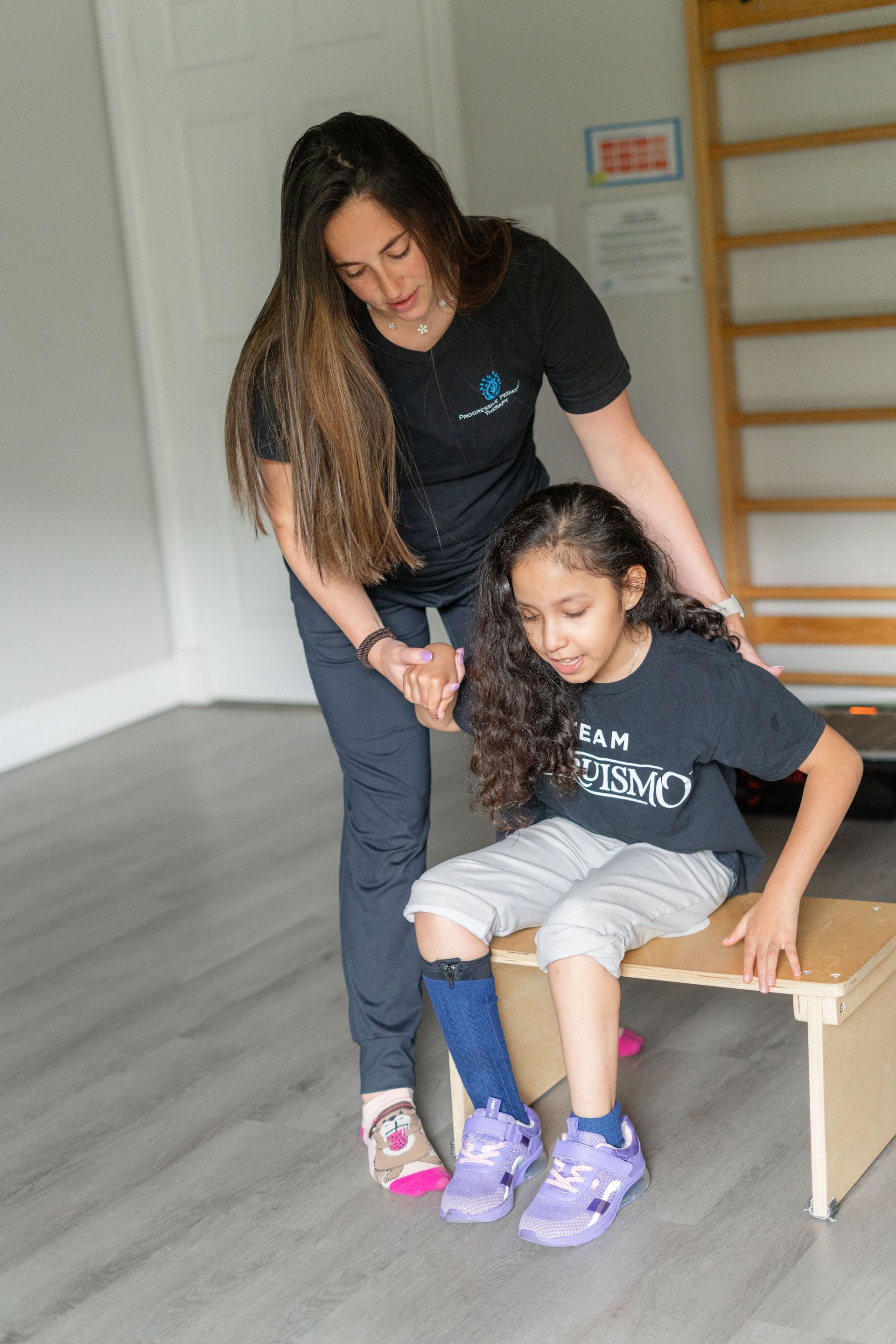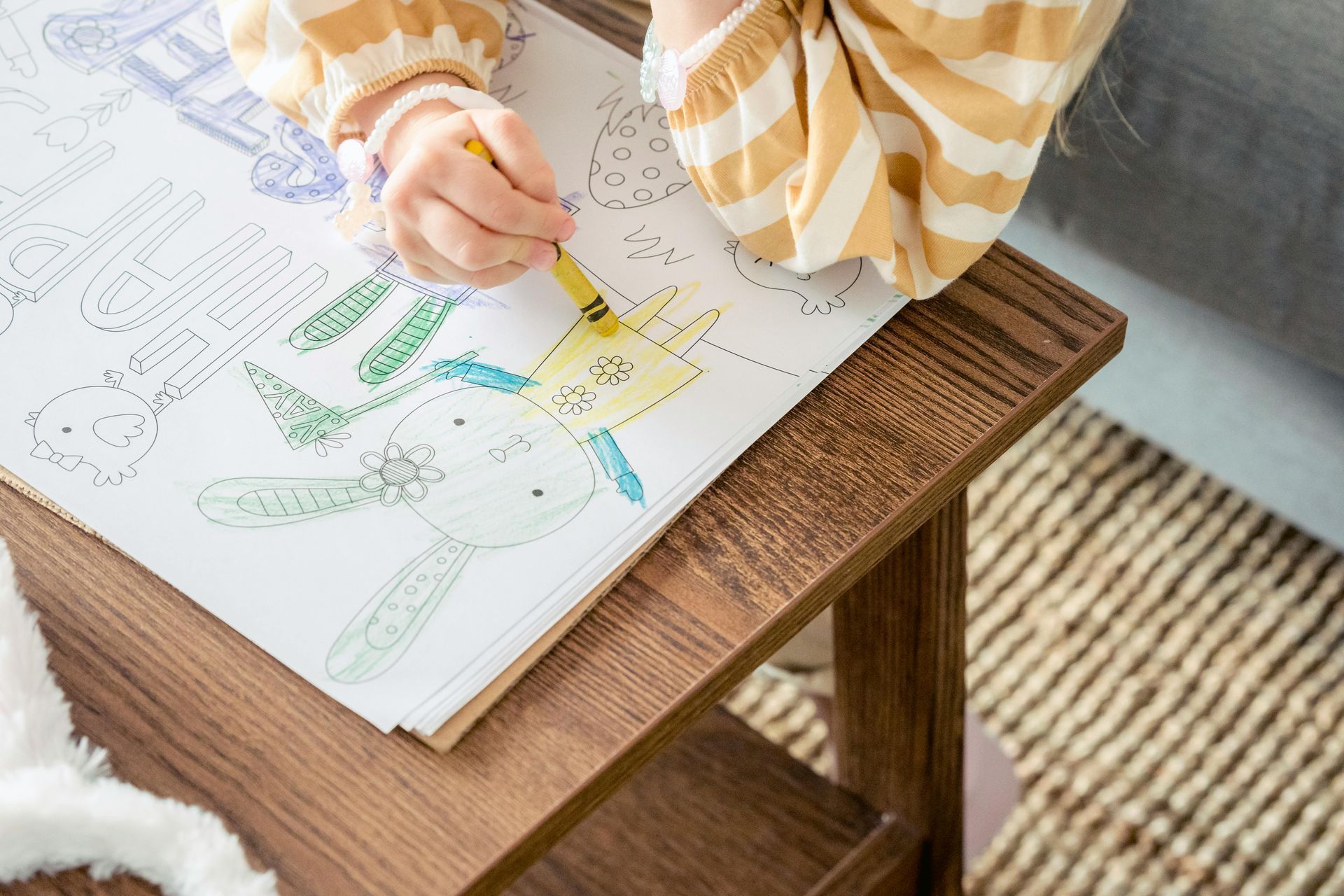Your Clinic
SET A LOCATION
Your Clinic
SET A LOCATION

For over 10 years providing services in occupational and speech therapy at Progressive Pediatric Therapy, we have had the privilege of supporting many families on their journey through neurodiversity. A common question we encounter from parents is, “How can I play with my child in a way that’s both engaging and beneficial?” The heart of our multidisciplinary approach lies in understanding and valuing each child’s unique way of experiencing the world. Through this blog, we aim to share some strategies to help you connect with your child during play, fostering a nurturing and inclusive environment at home.
Observing and participating in your child’s chosen activities can offer profound insights into their preferences and needs. Practice following their lead and validating their choices.
By copying how your child uses a toy or engages in an activity, you’re entering their world on their terms. This not only demonstrates your interest in their activities but also encourages social interaction and language development.

Describing your child’s play as it happens can enrich their language skills and understanding. You can narrate their actions, label objects, or count out loud.

By getting down on the floor or lying down next to your child, you’re showing that you’re fully present and ready to engage in their world. This approach can make play more inviting and accessible for them.

Toys can serve as props to bring stories and songs to life. Using farm animal puzzles to match the lyrics of “Old McDonald” or moving cars to the tune of “Wheels on the Bus” not only makes playtime fun but also aids in understanding sequences, following directions, and language acquisition.

While it’s important to validate your child’s version of play, gently introducing functional variations can broaden their play repertoire. For instance, if your child enjoys lining up toys, you might introduce imaginative play scenarios where these toys interact in new ways, fostering creativity and social skills.
YouTube channel . Share your own experiences in the comments below, or reach out if you have any questions!
PPT is committed to empowering children and families through specialized Physical, Occupational, Speech, and Feeding Therapy. With a compassionate team of pediatric therapists, PPT focuses on providing individualized care, enhancing development, and fostering hope and happiness in a supportive environment.
Curious if your child could benefit from our services? Contact us for an evaluation. For more parenting tips and tricks, don’t forget to subscribe to our blog and
The post How to Play with Your Neurodivergent Child: 8 Strategies to Help You Engage appeared first on PPT4Kids.









We empower children, families, and the community to learn, grow, and celebrate every child's unique abilities.
Quick Links
Contact Details
Phone: 561-376-2573 | 561-918-0190
Fax: 561-218-4939
VIP Concierge: 561-717-1764
Clinic Locations
All Rights Reserved | Progressive Pediatric Therapy, Inc. | Privacy Policy | Terms of Service
Site by Spearlance